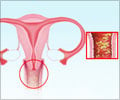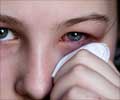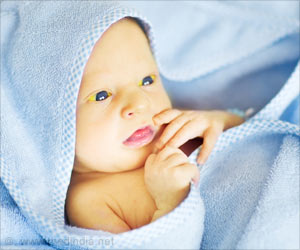In a sterilized restroom, microbial succession initiates with bacteria from the gut and the vagina and this is followed by microbes from the skin.

"Reproduceable successional ecology is remarkable," says Gilbert, who has conducted similar studies of the home, and the hospital. "Most systems have the potential to have multiple outcomes. The restroom surfaces, though, were remarkably stable, always ending up at the same endpoint."
Indeed, the communities associated with each surface became more similar in species and abundance within five hours following initial sterilization, and the resulting late-successional surface community structure remained stable for the remainder of the 8 weeks' sampling. Floor communities showed a rapid reduction in abundance of Firmicutes and Bacteroidetes, while the relative abundance of Proteobacteria, Cyanobacteria, and Actinobacteria declined over the course of a day. Cyanobacteria are likely derived from dietary plant biomass or from plant material tracked in from outdoors.
Toilet seat samples, alone, clustered according to restroom gender, with Lactobacillus and Anaerococcus--vaginal flora--dominating ladies' room toilet seats, while the gut-associated Roseburia and Blautia, were more copious on toilet seats in men's rooms.
Ultimately, skin and outdoor-associated taxa comprised 68-98 percent of cultured communities, with fecal taxa representing just 0-15 percent of these. And out-door-associated taxa predominated in restrooms prior to sterilization, as well as in long-term post-sterilization communities, suggesting that over the long term, human-associated bacteria need to be dispersed in restrooms in order to be maintained there.
Overall, the research suggests that the restroom is no more healthy or unhealthy than your home, says Gilbert."A key criterion of of healthy or unhealthy might be the presence or relative abundance of pathogens. While we found cassettes associated with methicillin-resistant Staphylococcus aureus (MRSA) the predominant Staph organisms didn't harbor those genes, so MRSA may be there but it is very rare." Restrooms, he says, are not necessarily unhealthy, but classifying them as healthy would not necessarily be accurate.
 MEDINDIA
MEDINDIA



 Email
Email




